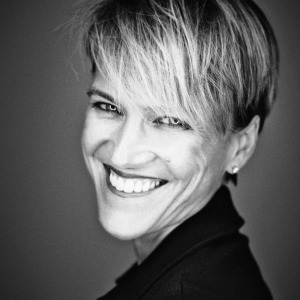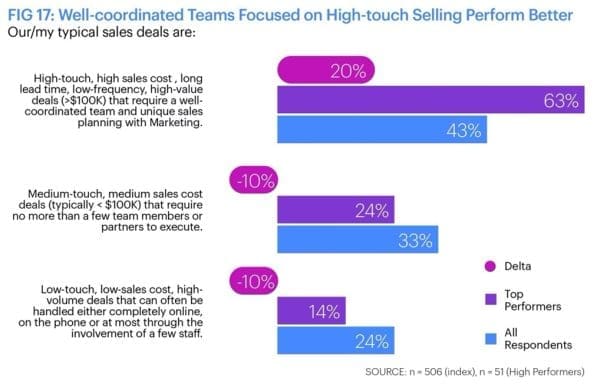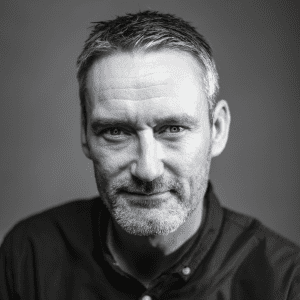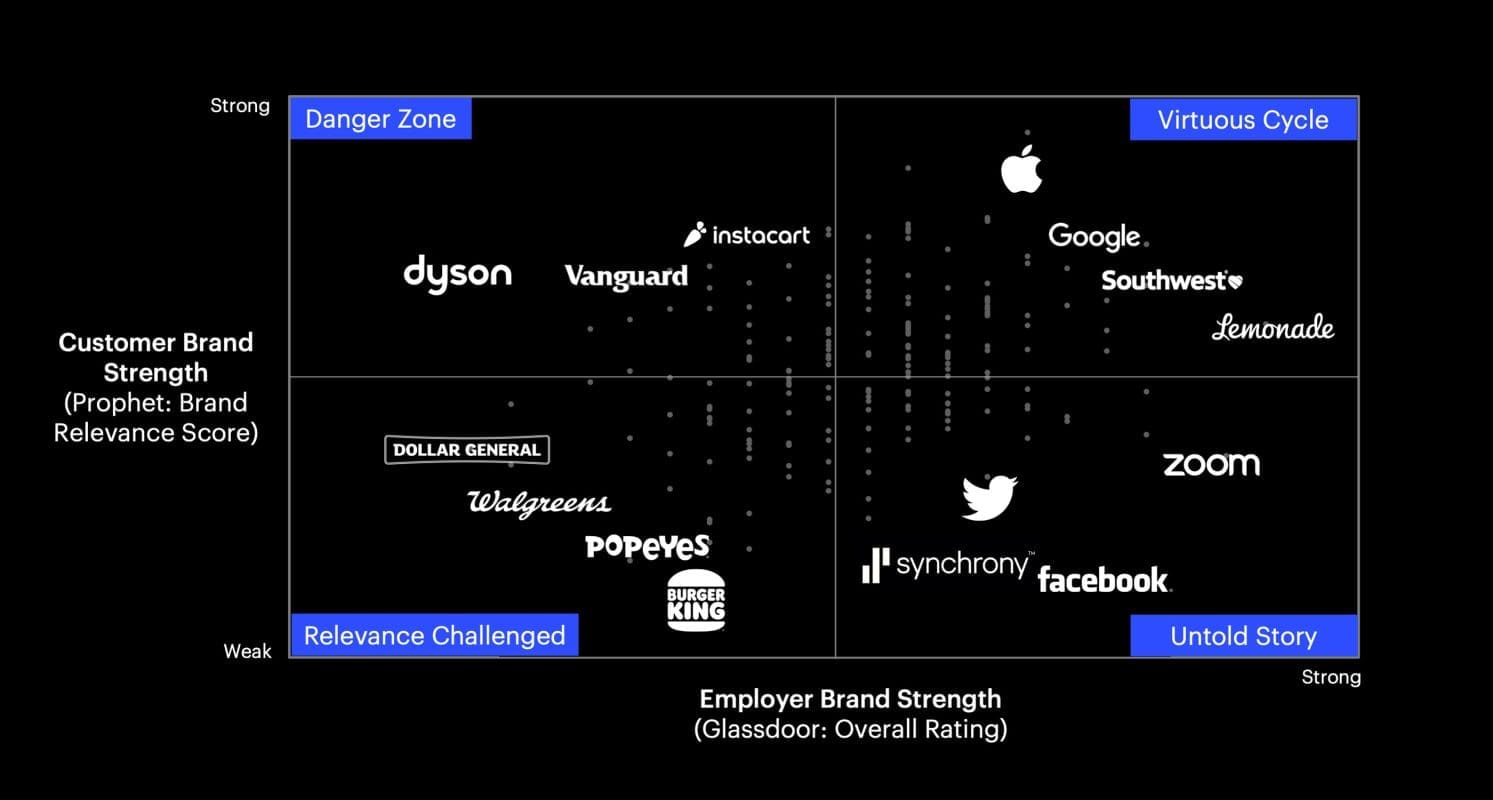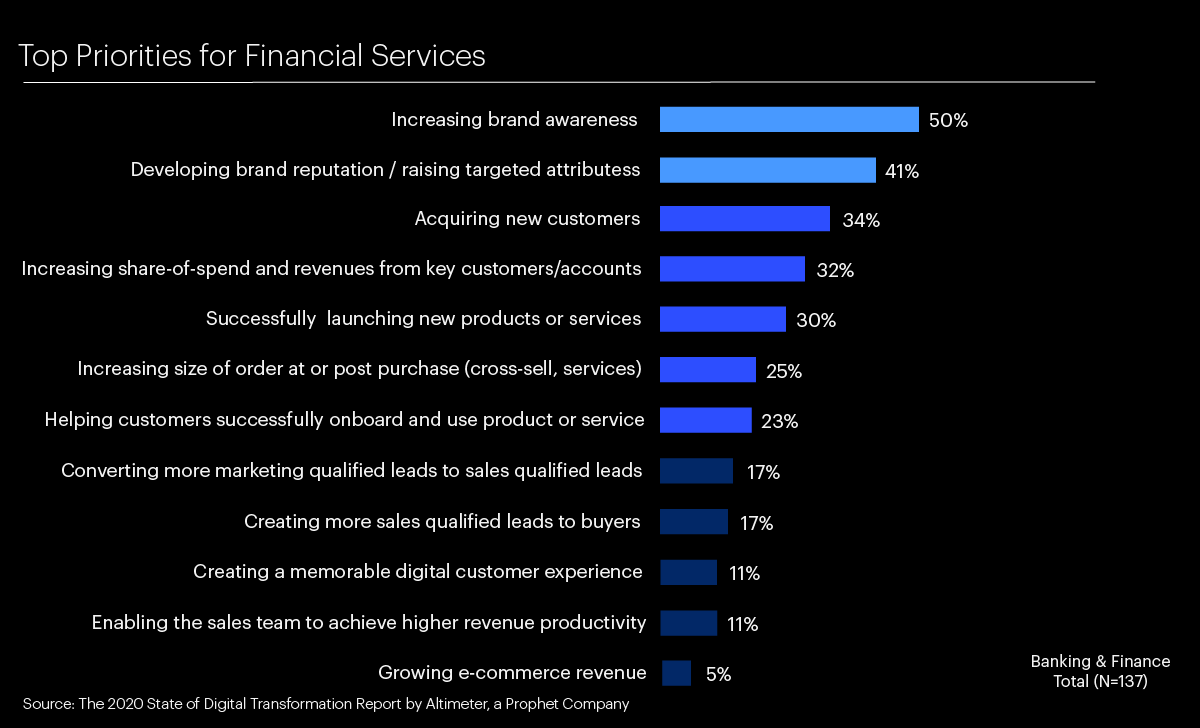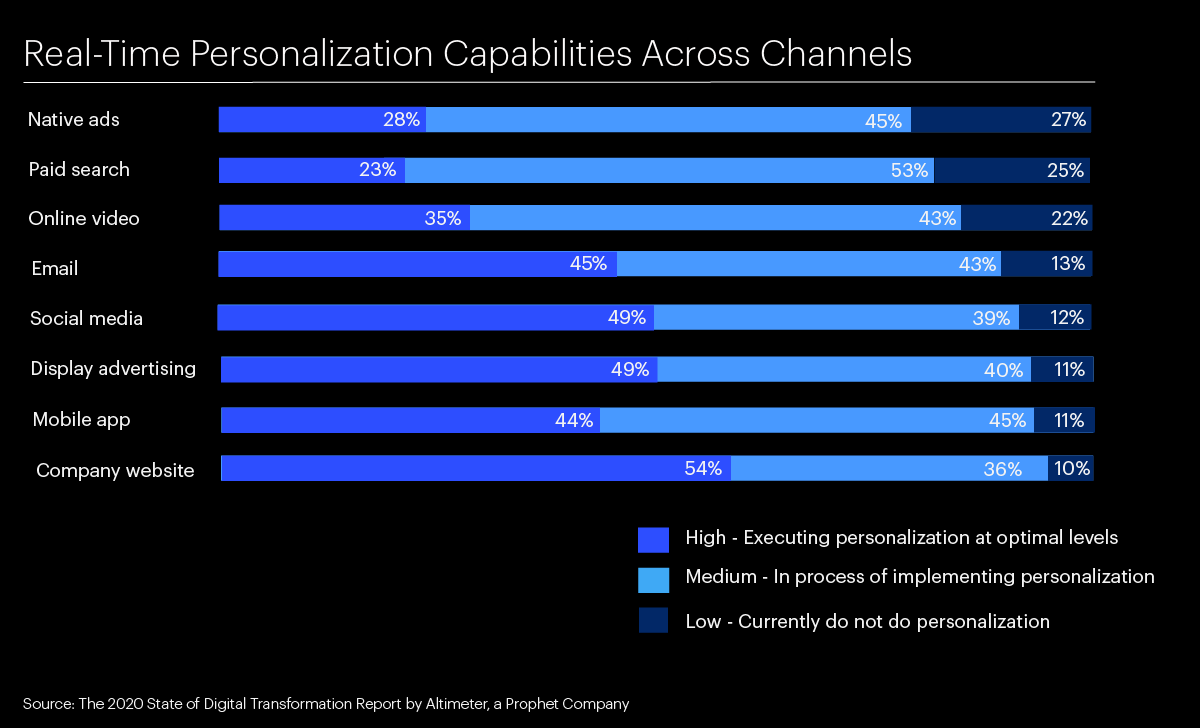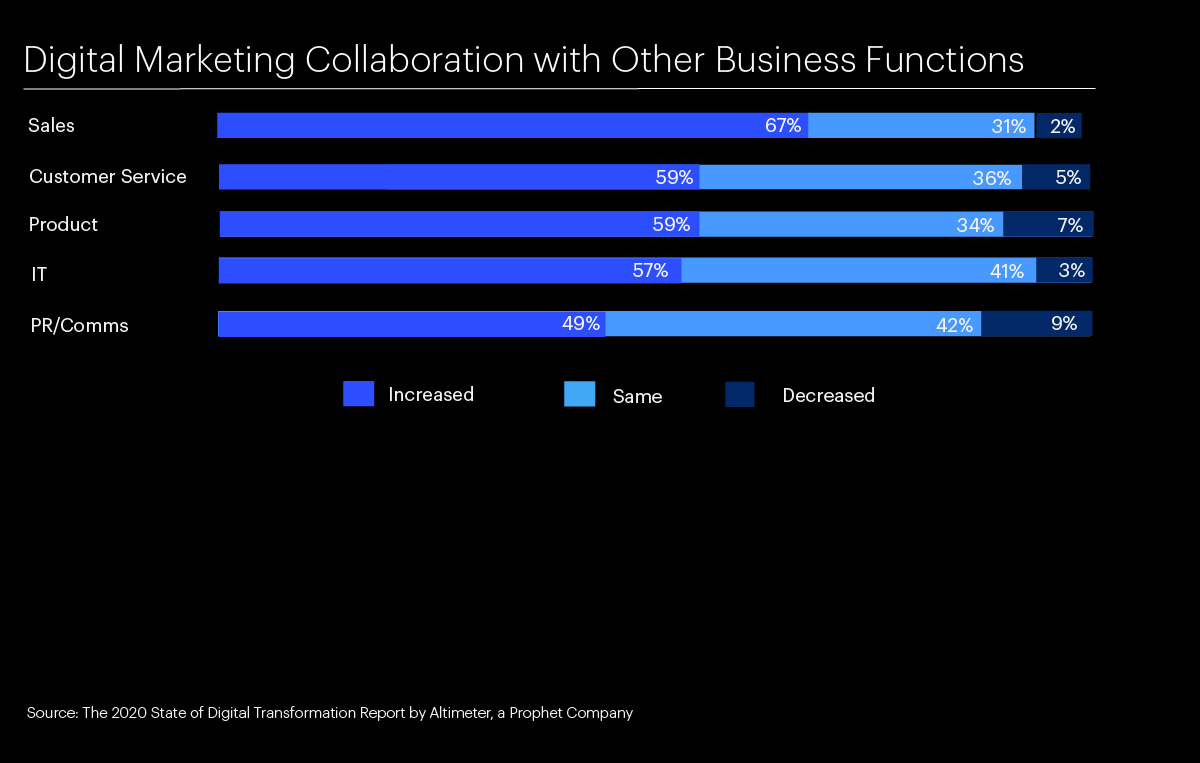BLOG
Three Ways to Win With The New Digital Care Continuum
The right platforms can fix breakdowns between care settings.
Ten years ago, it was all about the patient experience. More recently, it was all about healthcare consumerism and now, the focus is shifting towards enablement – the healthcare platforms. For years, healthcare companies have been talking about the full continuum of care but nobody wanted to own it. Even when you look at the so-called Integrated Delivery Networks (IDNs), they weren’t truly “integrated,” meaning their urgent care clinics, surgery centers and home care were all run as different business units by different leaders (often with different incentives).
Back in 2016, Prophet and GE Healthcare’s Patient Experience study found that because nobody owned the full care continuum, patient experiences often broke down in between care settings. At the time, we saw the opportunity for digital solutions to bridge those gaps. Now, enter the modern healthcare platforms and the digital care continuum.
“The biggest disconnect between how patients experience healthcare and how executives rate their performance was around non-clinical aspects.”
With two decades of extensive M&A activity within health systems and little improvement in the patient experiences, healthcare platforms are rapidly scaling to become not only the digital care continuum for patients but THE care continuum. By now, we all know Teladoc Health and Livongo, as well as Carbon Health and One Medical. And let’s not forget the original healthcare platform, Kaiser Permanente. Love ‘em or hate ‘em, they are approaching $100 billion in revenue. They were half of that a few years ago, and they have the leading market share in most of their markets. While not digitally native, they are more of a true platform business than virtually all of their peers of the same age.
You might be asking, what is a platform? A platform business facilitates value exchanges between two or more interdependent groups, usually consumers and suppliers. The next question becomes, how can I prepare my business for the future of healthcare platforms and digital care?
Here are a few things to consider when building your digital care continuum:
Stop Running Your Business as Self-Contained Units
Enterprises with standalone businesses and distinct P&Ls are great for managing costs, but terrible at delivering integrated care experience. This is not to say you can’t do discrete budgeting and hold people accountable for fiscal performance. But combine that with organizing and incentivizing them to create products and services that integrate into a platform that supports a patient (or any type of customer) continuum. “Warm handoffs” is a commonly used approach with today’s healthcare systems, but it’s no longer enough. It now has to be an integrated handoff. And you don’t have to be digital, Kaiser Permanente has always taken this approach.
Don’t Think About the Healthcare Experience as Care Points
Healthcare execs often say that success resides in delivering the right care, at the time, and at the right place. As patients self-navigate the U.S. healthcare system, the healthcare experience feels more like jumping from one experience to the next. As we learned in our patient experience study, the biggest disconnect between how patients experience healthcare and how executives rate their performance was around non-clinical aspects. University Health has already called out creating a seamless patient experience as a strategic priority with the digital care continuum as a critical enabler, and they intend to, offer programs and digital tools that allow patients to connect with their care team to manage episodic care or chronic diseases. Their orthopedic and pediatric cardiology specialties have utilized these tools for facilitating disease management and patient engagement. The next step for enterprises is to go beyond their specialty practices having a self-contained digital care continuum. Organizations need to view patients as people who often have multiple conditions and use health systems for a variety of care needs.
Start With the Holistic Patient Experience
It’s surprising how many large healthcare companies still don’t view patients as people. Patients with osteoporosis, heart disease and depression, are still seen as independent patients of rheumatology, cardiology, and psychiatry departments. The system is aware of the different conditions, but the experience -from treatment to bill payment to diagnostics- will differ. For pharma companies, that means three independent business units with separate brands providing drug treatments. Patients are seen as three unique conditions, not as a single, person.
Making this shift doesn’t happen overnight. Prisma Health took its first step toward delivering a holistic patient experience by enlisting the help of PerfectService, a unified platform for clinical communication and collaboration that helps physicians, nurses and care team members improve patient care. You can’t deliver an integrated patient experience if your clinical teams can’t seamlessly collaborate on a single platform. Things like EHR systems have primarily been designed to store medical records and file claims, not optimize care coordination. Restructuring your technology footprint can go a long way to address this gap. And if you’re a digitally native healthcare provider, you’re likely already a step ahead.
FINAL THOUGHTS
The reality is that todays’ care continuum is still largely conceptual. ACOs are designed to own the full care continuum but they are a small fraction of the U.S. healthcare spend. Look at your own company’s claims data. For commercial plans, you’ll be fortunate if 25 percent of the claims are tied to a value-based care model, and don’t be surprised if it’s under 5 percent. We’re still very much living in a fee-for-service world. And while payers have visibility across the care continuum, they don’t often have full control. Providers typically focus on just one area; primary care, specialty service lines, post-acute care, etc. which is why understanding the emerging modern healthcare platforms is so critical. Whether it is the rapid expansion of digital natives like Teladoc Health, legacy players going through a transformation like Prisma Health, or the steady growth of Kaiser Permanente, it’s coming faster you think.
For more help in getting your healthcare organization ready for the new world of healthcare platforms, and winning with the new digital care continuums, connect with our healthcare team.









